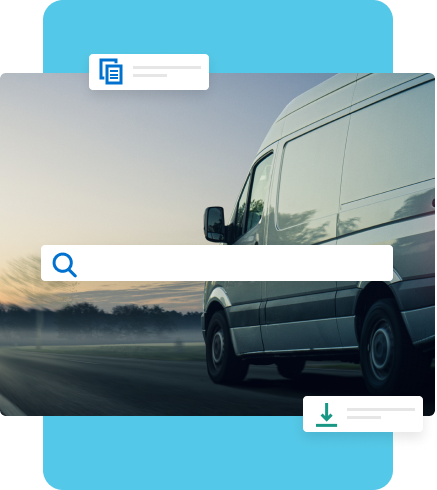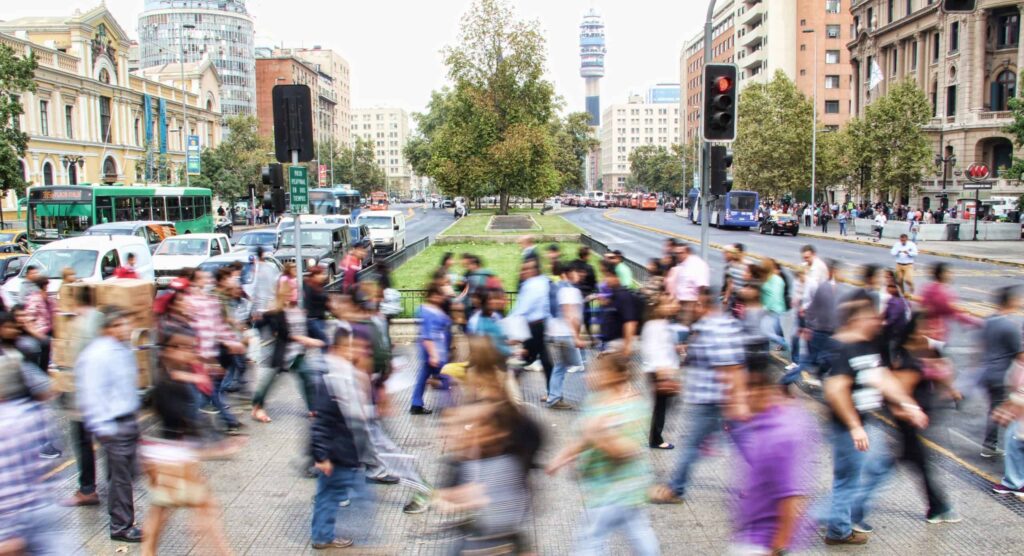Business Insider’s research arm, BI Intelligence, predicts m-commerce (mobile commerce) will make up 40% of the U.S. e-commerce market by 2020.[1]
This isn’t a big surprise; we’re past due for a shift.
Buying online plus home-delivery used to be convenient, but expectations have changed. People are inconvenienced by what they once found forward-thinking: waiting in one place for a delivery. These days, we simply can’t stand being tied to a single location for an extended period of time.
There’s no elegant solution when a valuable package requires a signature or is at-risk for theft. Consumers don’t quite trust keyless entry technology enough today to drive widespread adoption. While online shopping is preferred, there’s still some things they won’t wait for or will want to pick up in-person. Delivery is no longer the ultimate convenience because it traps people in their homes for a period of time.
The Ultimate Retail Experience in 2020
M-commerce is on the rise because mobile lifestyles are on the rise. Again, we all know this – but it’s important to start at this fundamental shift. It will quickly grow beyond browsing, checkout and confirmation. Innovators will create holistic mobile customer experiences (from discovery through fulfillment). It’s a new challenge, but a fresh way for brick-and-mortar retailers to stay relevant.
Looking backwards to make the physical store the center of the retail experience again won’t work. Incrementally enhancing on-the-couch shopping and delivery isn’t aggressive enough. Winning requires a new experience for the in-motion consumer, making their entrenched habits and everyday tasks a central hub for a new retail experience. Success will happen in many little moments by leveraging the sum of the connected experience to drive loyalty.[2]
To execute, retailers will begin layering on location data to their analysis of customer behavior. Here’s how the retail experience, bolstered by location context, will look for the mobile consumer in 2020.
2020 Consumer Day-in-the-Life
It’s Friday morning. Madison’s Seattle-to-San Francisco flight departs at 7 p.m. for a girls weekend with her best friend. She’s got a lot to do before she leaves, and before she returns to work Monday.
Starting her car, Madison touches her dash to order coffee and shares her location/route with the cafe so it’ll be ready when she arrives at the coffee shop. She uses voice command to change the pickup from her usual cafe since she’s running errands in a different neighborhood today.
Hot latte in-hand, she heads to the home improvement store – and straight to the self-service kiosk. Madison confirms tomorrow’s dishwasher delivery, as her brother has offered to house sit and install the dishwasher for her. The store is out of the installation toolkit she needs to purchase, but luckily she can use their mobile app to add it to her delivery order due to arrive tomorrow. She grabs cleaning supplies and light bulbs, and then checks out.
Onto her pedicure appointment. Oops! Madison drops her phone in the foot bath – terrible timing. She uses her smartwatch to contact her carrier’s service department. They locate their nearest retail store and have a salesperson set up a replacement phone for Madison ASAP. Madison hops in her car and shares her ETA with the staff at the retail store. When she arrives an associate walks her new phone out to her as she pulls up to the store.
Landed in San Francisco, Madison uses her hotel’s shuttle tracker to find the airport pickup destination and checks exactly when it will arrive. On the shuttle, Madison notices a great deal with the hotel’s partner pizza joint. Starving, she uses the hotel shuttle app to order, and the pizza is waiting for her when she checks into her room.
Saturday’s a blast, until her brother calls. He’s overestimated his appliance installation skills. She calls the home improvement store, who schedules a technician to help. Madison and her brother get a technician-tracking link so he isn’t housebound while waiting and Madison knows when the install is complete.
At the airport Sunday about to return home, Madison realizes she has no food at home for the week. No worries! She places a pickup order with her local grocery store. From her ride share leaving the airport, she updates the store on her expected arrival to the grocery store. One pit stop and she’s home with a fully stocked pantry and finally able to grab some shut-eye.
The Takeaway?
2020 “retail” won’t be a physical or digital destination. It’ll evolve into an extension of consumers’ daily routines, seamlessly incorporated for maximum efficiency. Retail experiences won’t be where we go, they’ll be part of what we do.
[1] https://www.businessinsider.com/mobile-commerce-shopping-trends-stats-2016-10
[2]https://www.retailcustomerexperience.com/blogs/for-retailers-and-brands-the-moment-of-truth-has-already-passed/




